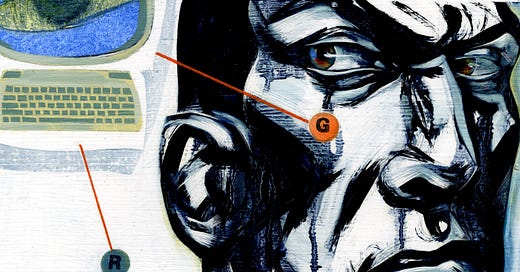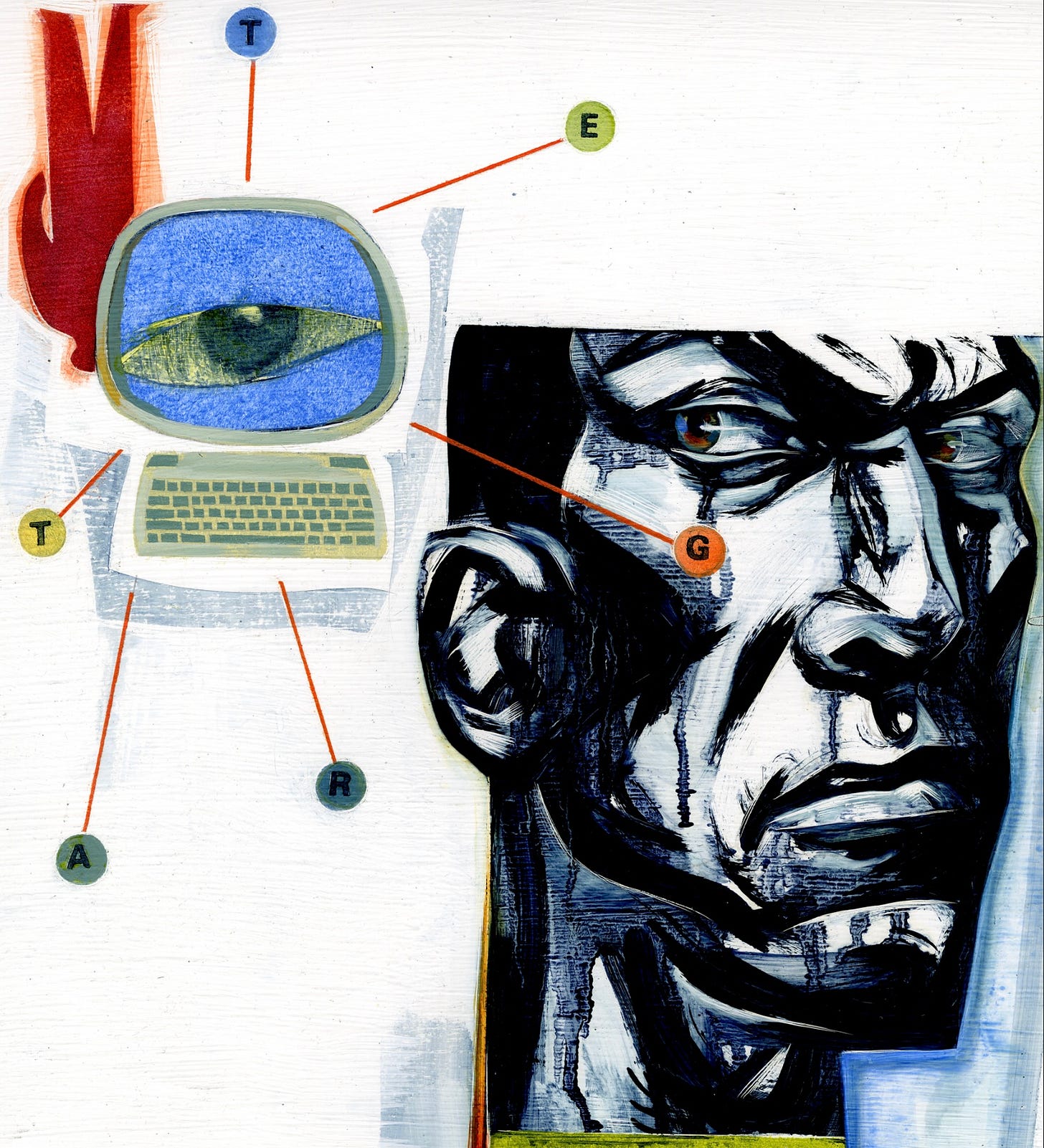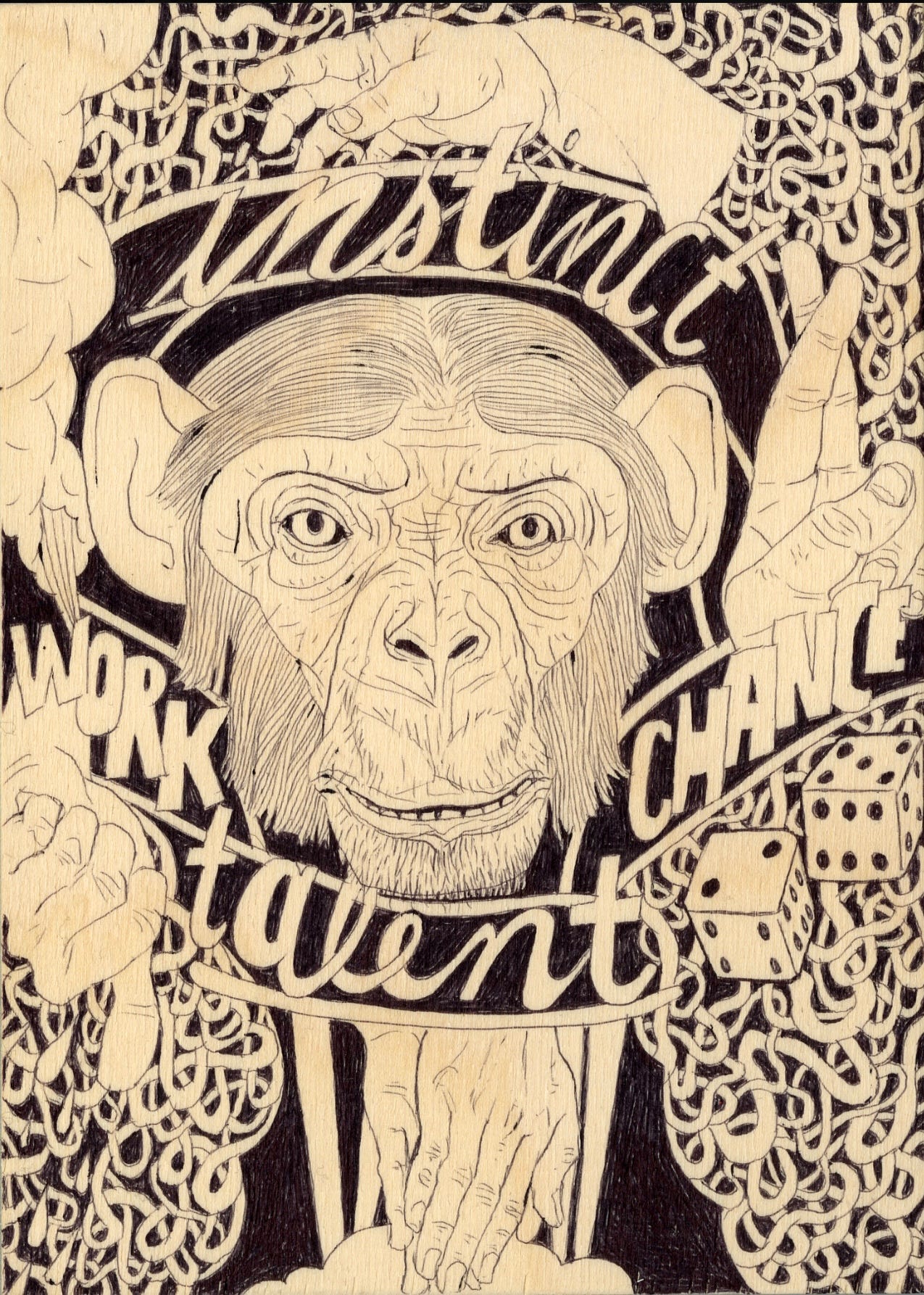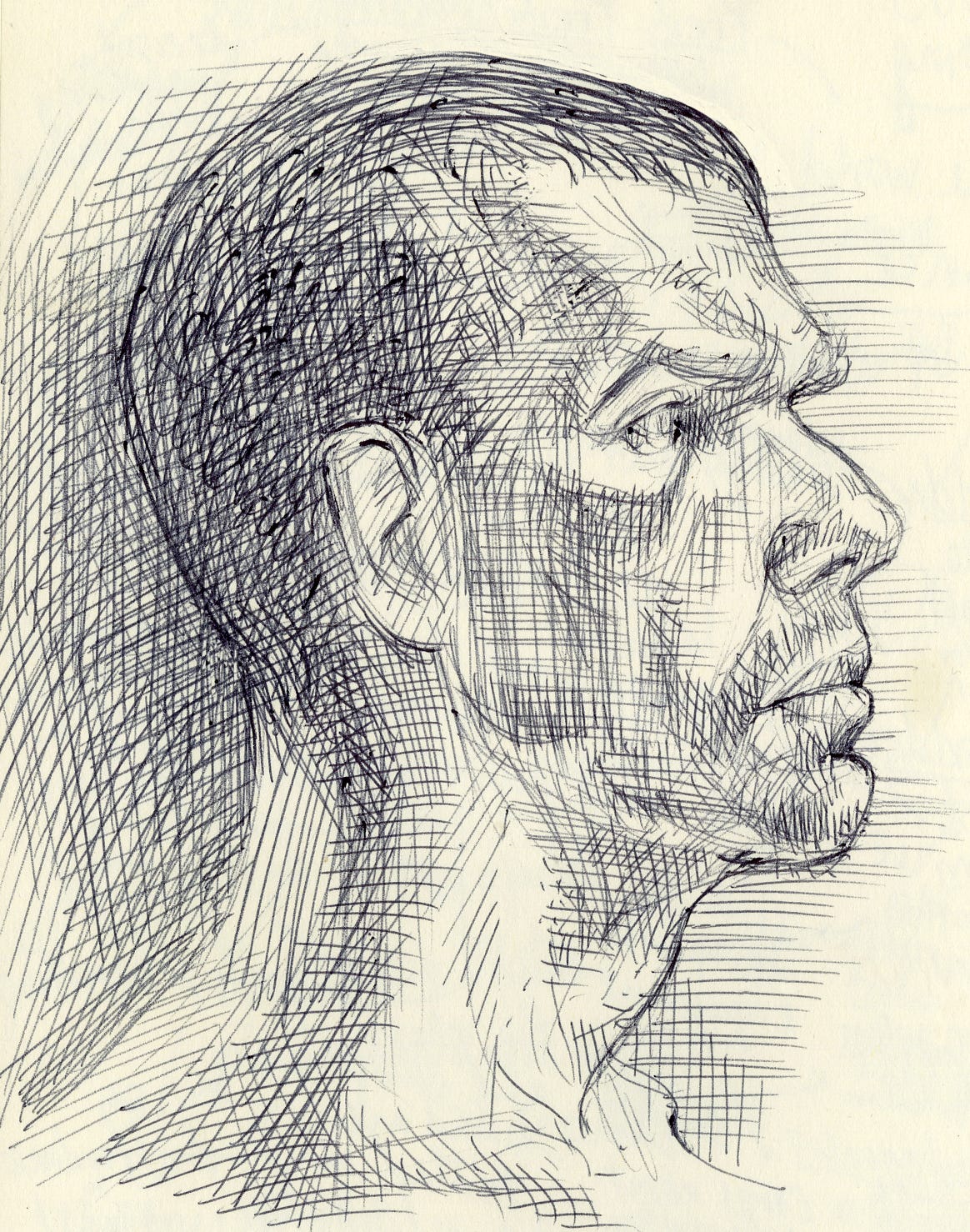I know that teaching drawing isn’t sequencing the genome, but moving the human needle just a bit towards caring about how we connect with this world and each other has worth. The recent Nobel Prize for physics and chemistry were awarded to advancements that came about through the use of A.I. models. Using A.I. to synthesize the work of 30,000 researchers to solve problems that bedevil the individual scientist seems like the ideal use of this technology.
A recent New York Times article, written by Alan Burdick and Katrina Miller offer their perspective on these awards and makes the category error of extending the reach and the personality of A.I. When we personify these models we do an incredible disservice to all of us. The title the editors chose for the lead to this piece shows a fealty to a tool…What The A.I. Nobels teach us about humanity.
No human can exist alone - and our machines definitely can't, at least not yet. What they do with their time reflects the choices made by us. What they discover with it is a distillation of what we ourselves have learned, or hope to. A.I. is us: a grand sampling of humanity, a better sum of parts than so far we've managed to assemble each on our own. That's worth a prize or two.
Our machines don’t exist as agents, they have no experience with the relevance that makes us care about each other, or our selves. They don’t experience time, as I related from The Blind Spot in my last post, clock time is not lived time. The journalists colour outside the lines by not defining their terms—-using the catch all of A.I., a sin I attempt to avoid by clearly naming the text to image generative models. We are treated to this terrible sentence…. A.I. is us: a grand sampling of humanity, a better sum of parts than so far we've managed to assemble each on our own. My experience of 34 years of working with creative people navigating a world of constant distraction and flattening of visual culture is that the individual is still full of surprises. Having insight, actual sight from within is the human superpower that parasitic A.I.’s can only mime.
I am not damning technology, the eyeglasses on my nose that aid my incredibly lousy eyesight and the iPad under my fingers forming the crawl (I do mean crawl with my typing skills) of letters I write this with are just immediate reminders of the marvels of the tools we have created. I just refuse to give the tool a soul. There are realms that we have pushed and extended our literal mindedness into that some tools are not meant for.
We have not evolved out of ourselves. When we obsolesce humanity we lose the only brakes we have on the tyranny of the forces that have been stealing our attention and overwhelming our attachment to reality. Why do we not demand more from these tech companies that have used us so effectively over the past nearly 2 decades? Are we mere mice in the maze and just fodder for a better mouse trap? We need to demand that technology’s promise —-do no harm ( eggs and omelettes?) —-is to serve humanity. Monetizing what is best about us—-our creative hearts and minds—-is not progress and will not have the desired effect of seeding a new future of abundant creativity and imagination.
I spent a good part of this week discussing with my students their drawings from the past 6 weeks of work in the studio. They have been mapping how they see through exercises of making marks and then participating in questioning the path and intention of those marks. Every single student had a completely unique understanding of relevance and approach to the problems set. Each of their drawings are not data points on a scatter plot that I can graph to find the line of best fit. The point of the work in the studio is the difference, the unique parts each of them bring, to contribute to a collective of inspiration. There should be a prize for that.







